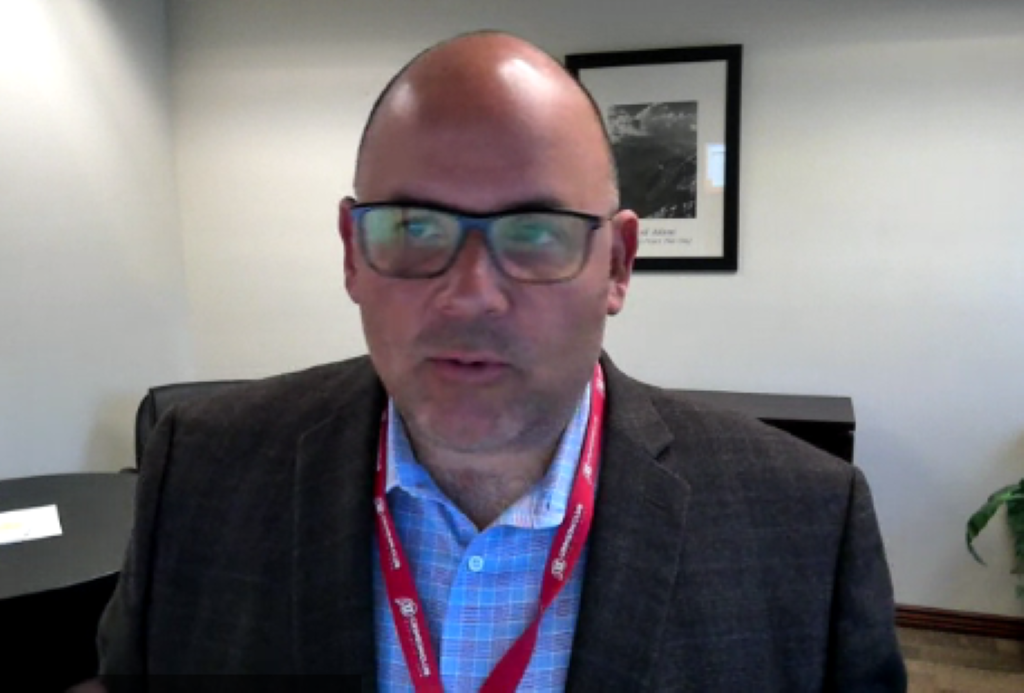Open Access Models Should Limit Number of Providers Riding the Network: ISP Exec
Capping the number of providers could solve price war problems, one telecom exec said.
Teralyn Whipple

WASHINGTON, July 19, 2023 – Open access network operators should limit the number of ISPs on their network to avoid price wars and poor customer experience, said panelists at a Fiber Broadband Association event Tuesday.
In an open access network, broadband infrastructure is owned by one entity, which can be a network operator or a municipality or other form of cooperative governance. The network operator leases the infrastructure to internet service providers.
Gabe Gomez, vice president of customer experience at ISP Syringa networks, said that Syringa chose to operate on an open access network due to the network’s policy that limited the number of ISPs and maintained a strong vetting process for those providers.
The potential take rate in a network is higher when the network operator limits the number of ISPs on the network, said Gomez. Having too many providers makes it difficult to get the market share and investment an ISP needs to provide a good experience to the customer, he continued.
“If you have too many ISPs, some will lose,” he added, and customers will end up paying for it with bad experiences and poor customer support.
Although an open access model is considered the “gold standard” by some network operators, including Utah-based UTOPIA Fiber, some commentors are concerned that the model will reduce ISPs to price-war strategies to eliminate competition and retain market share.
According to Gomez, limiting providers is a sustainable solution to price gauging concerns.
Chief Marketing Officer at UTOPIA Fiber Kim McKinley told Broadband Breakfast that its network, however, does not have price gouging concerns, stating that the company views both provider and end user as its customers and does what it can to protect each.
UTOPIA Fiber hosts 18 ISPs on its residential network competing for customers. Although hosting many providers on a single network does not work for small communities, the model is successful in UTOPIA’s cities and it supports small local ISPs while providing variety to the end users, said McKinley.
Furthermore, UTOPIA’s model gives small and local providers a shot to compete with the larger companies they otherwise would not have been able to compete with, she added.
George Templeman, president of network access partnerships at open access network operator SiFi Networks, said that the open access model provides customers with access for a diverse choice in ISPs that provide high-quality service.
The model is cost effective, environmentally friendly, and provides customers with the best experience, Templeman said, touting one-time builds and sustainable fiber infrastructure.









Member discussion